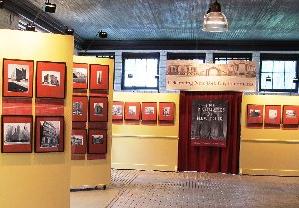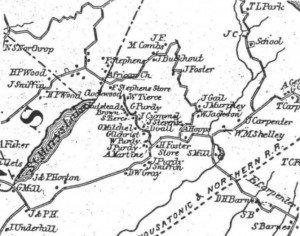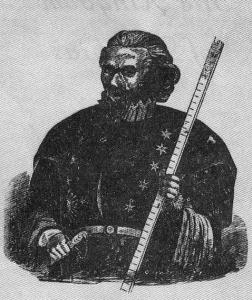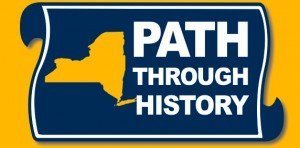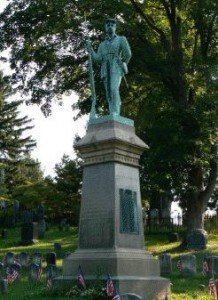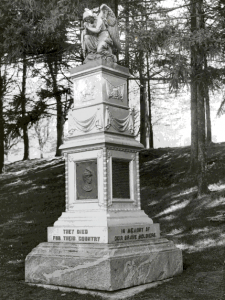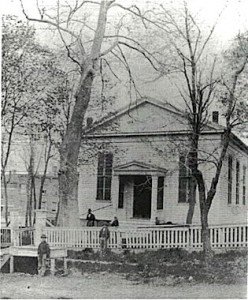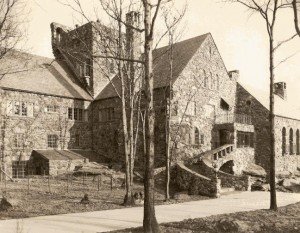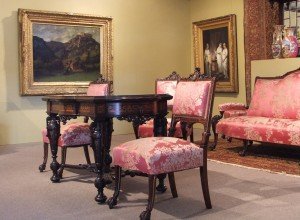 “Three Parlors,” a new exhibition using three Victorian parlor suites to track the development of a new American identity during the 19th century, will open at Lyndhurst on June 20th and will remain open through the end of 2013.
“Three Parlors,” a new exhibition using three Victorian parlor suites to track the development of a new American identity during the 19th century, will open at Lyndhurst on June 20th and will remain open through the end of 2013.
Lyndhurst is fortunate to retain the furnishings of the three families who occupied the estate over the past 175 years. The three suites of parlor furniture at Lyndhurst were installed in 1838-42, 1865 and 1882 and were created during a century in which the United States struggled to establish its national identity. Read more
